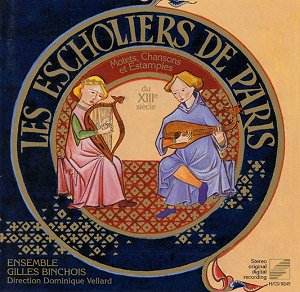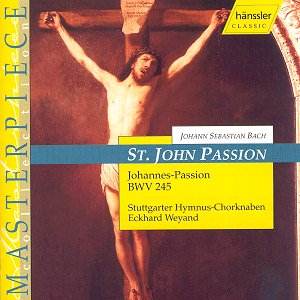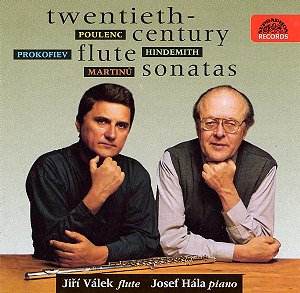 Composer: LES
Composer: LES
Works: ESCHOLIERS DE PARIS: Motets, Chansons, and Estampies from 13th Century France
Performers: Ensemble Gilles Binchois, Directed by Dominique Vellard
Recording: Recorded at the church of Saint-Germain, Gancey-le-Chateau, Côte-d’Or, October 1992
Label: Harmonic Records HCD 9245
The music of the 13th century holds a distinct place in the tapestry of Western classical music, embodying the transition from monophonic chant to the intricate polyphony that would characterize the Renaissance. The Ensemble Gilles Binchois, under the capable direction of Dominique Vellard, offers a compelling exploration of this rich repertoire in their recording of “Escholiers de Paris.” This collection of motets, chansons, and estampies not only showcases the vibrancy of secular music from medieval France but also invites listeners to consider the cultural and social nuances that shaped its creation.
The performances are marked by a palpable sense of stylistic ensemble, a quality that is especially commendable given the historical context. The Ensemble Gilles Binchois navigates the complexities of 13th-century polyphony with a dexterous blend of clarity and expressiveness. The motets, such as the engaging “In Saeculum,” demonstrate a sophisticated use of voice exchange techniques, or hoquetus, which can easily fall into the trap of sounding disjointed if not executed with care. Here, the ensemble’s attention to dynamic control and the clarity of text delivery elevate the performance, allowing the intricate interplay of voices to resonate with coherence and musicality.
Of particular note is the inclusion of instrumental dances, or estampies, which provide a delightful contrast to the more solemn motets. The lively rhythms and melodic lines evoke a sense of the festive spirit prevalent in medieval court life. The ensemble’s interpretation of these pieces is vibrant, capturing the essence of the historical context described by Johannes de Grocheio in his treatise “De Musica.” This context is crucial, as it reveals the social function of music during this period, allowing contemporary audiences to grasp the blend of entertainment and artistry that characterized such works.
The recording quality is exemplary, with a warm and resonant ambiance that enhances the listening experience. Captured in the acoustically rich setting of the church of Saint-Germain, the sound engineers have succeeded in balancing the clarity of individual voices against the collective sound of the ensemble. This is particularly effective in the more complex motets, where the interplay of voices can often become muddy in less carefully produced recordings.
While the overall performance is largely commendable, a few all-male items, such as “Hélas! Tant vi male eure,” lack the vitality and color found in other tracks. These moments, while historically significant, may benefit from a more nuanced interpretation to capture the emotional depth inherent in the text. The inclusion of both Latin and French texts, though only translated into modern French, offers an accessible entry point for listeners unfamiliar with the historical language, but a full English translation would broaden its appeal.
The Ensemble Gilles Binchois’ recording of “Escholiers de Paris” stands as a significant contribution to the catalog of medieval music. It not only highlights the ensemble’s technical prowess and interpretative sensitivity but also serves as an enlightening exploration of the cultural heritage from which these works emerged. This disc is a valuable resource for anyone interested in the evolution of Western music, providing an engaging listening experience that is both educational and artistically fulfilling.



